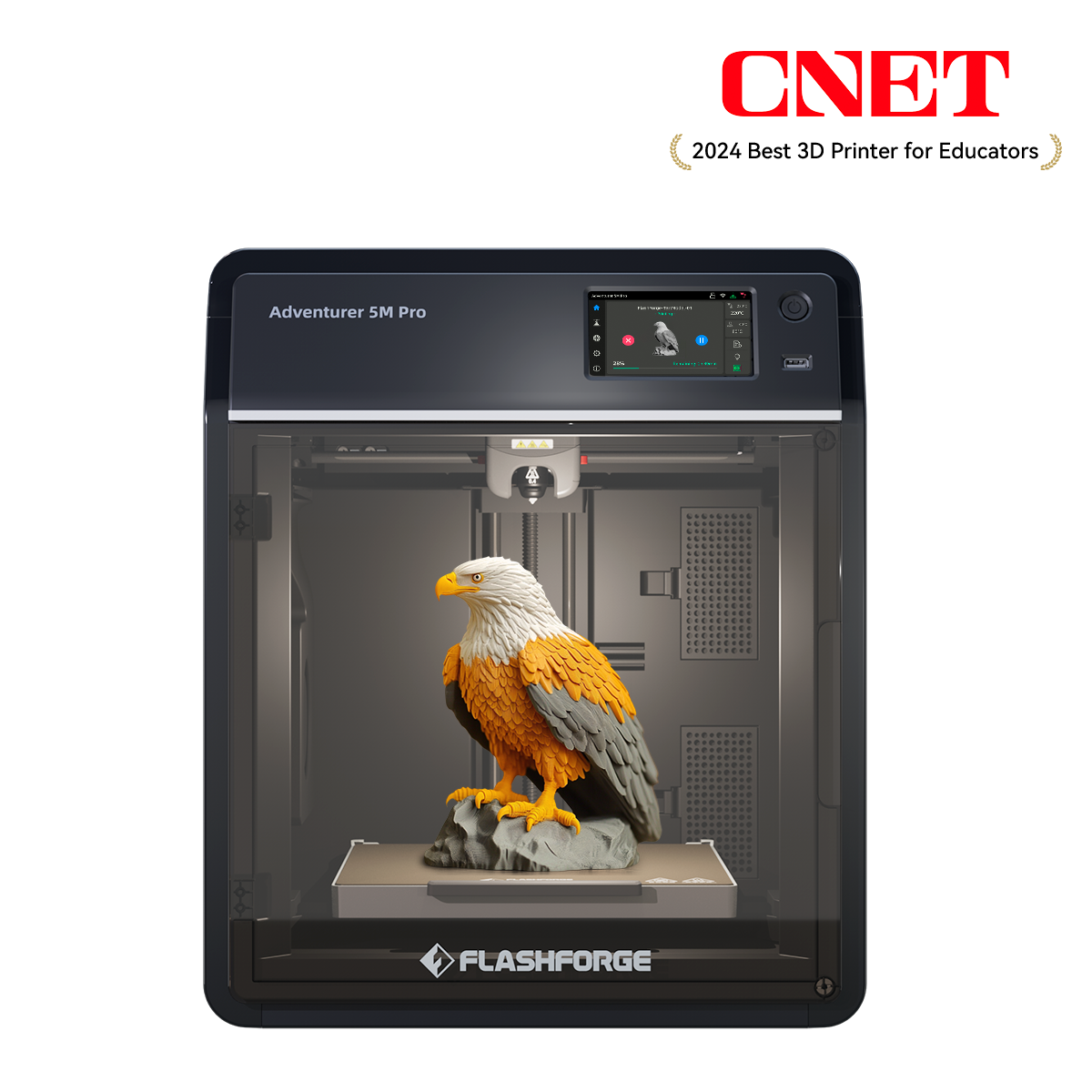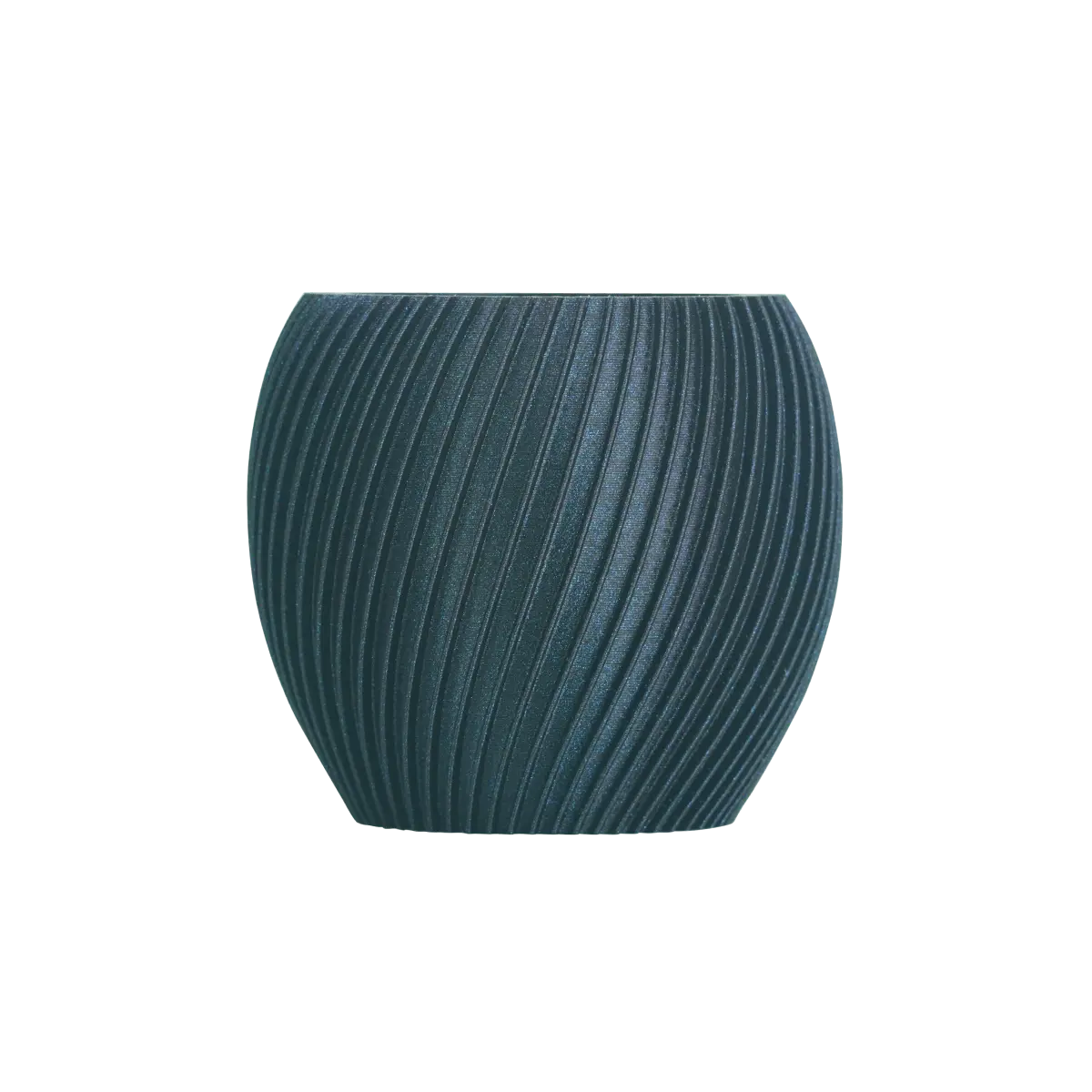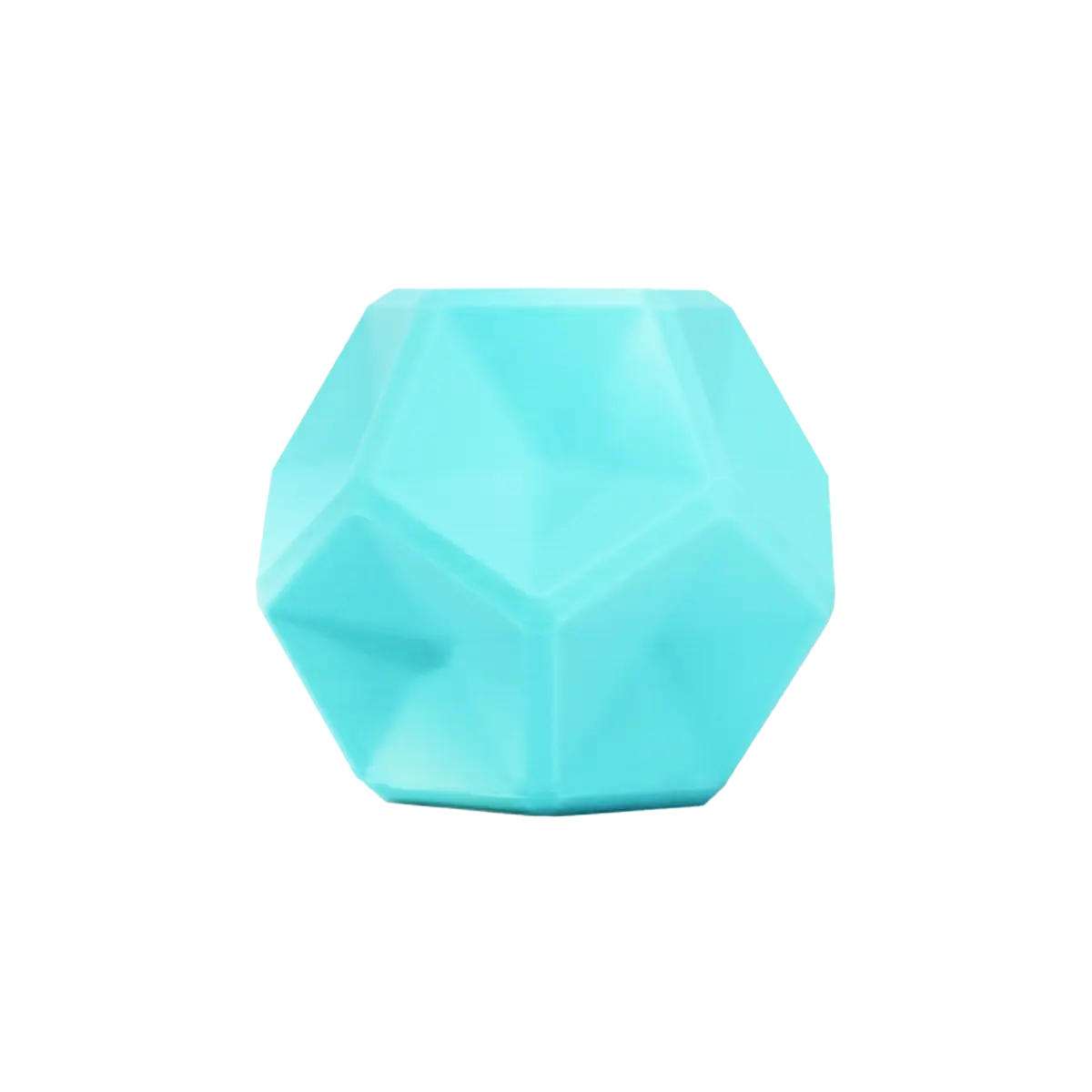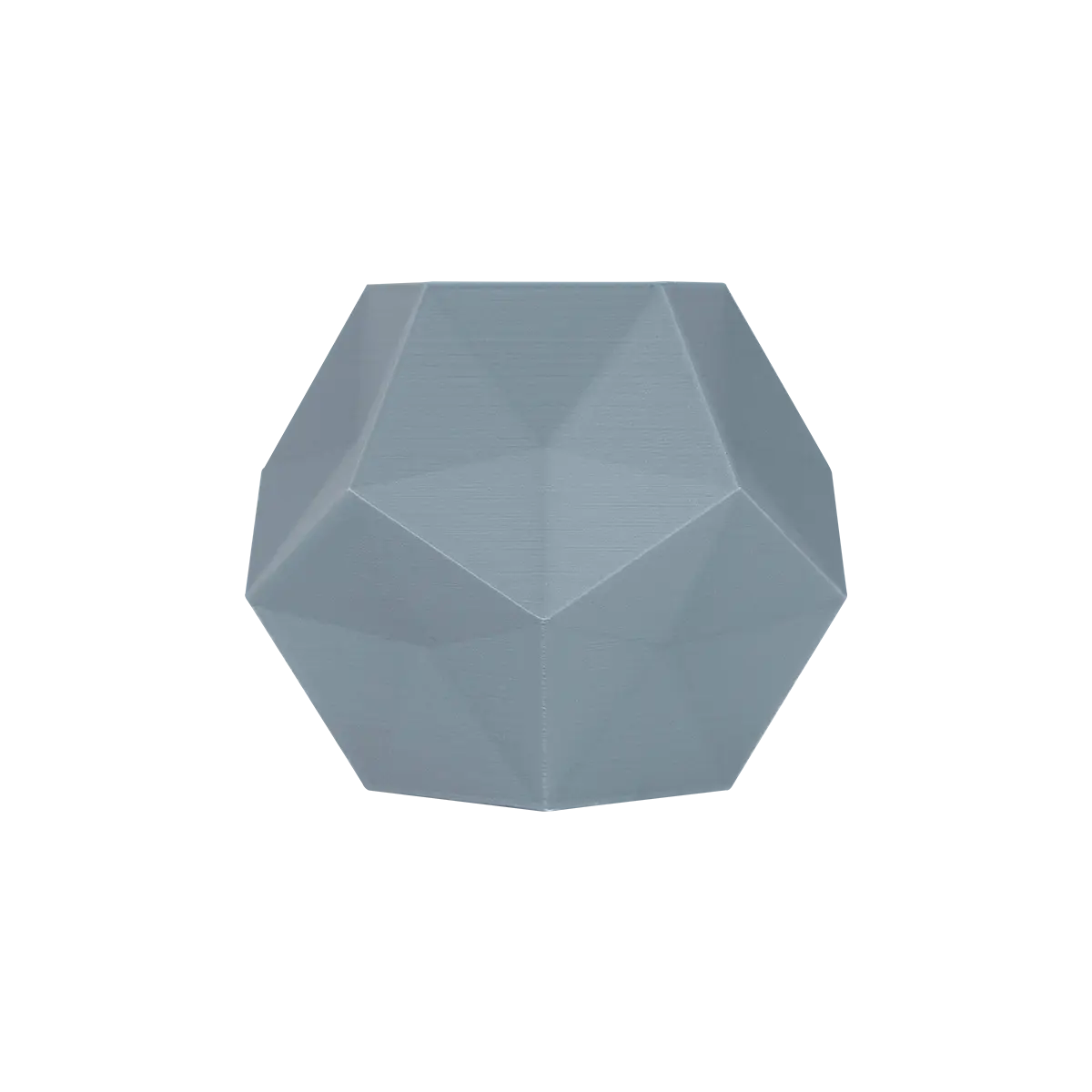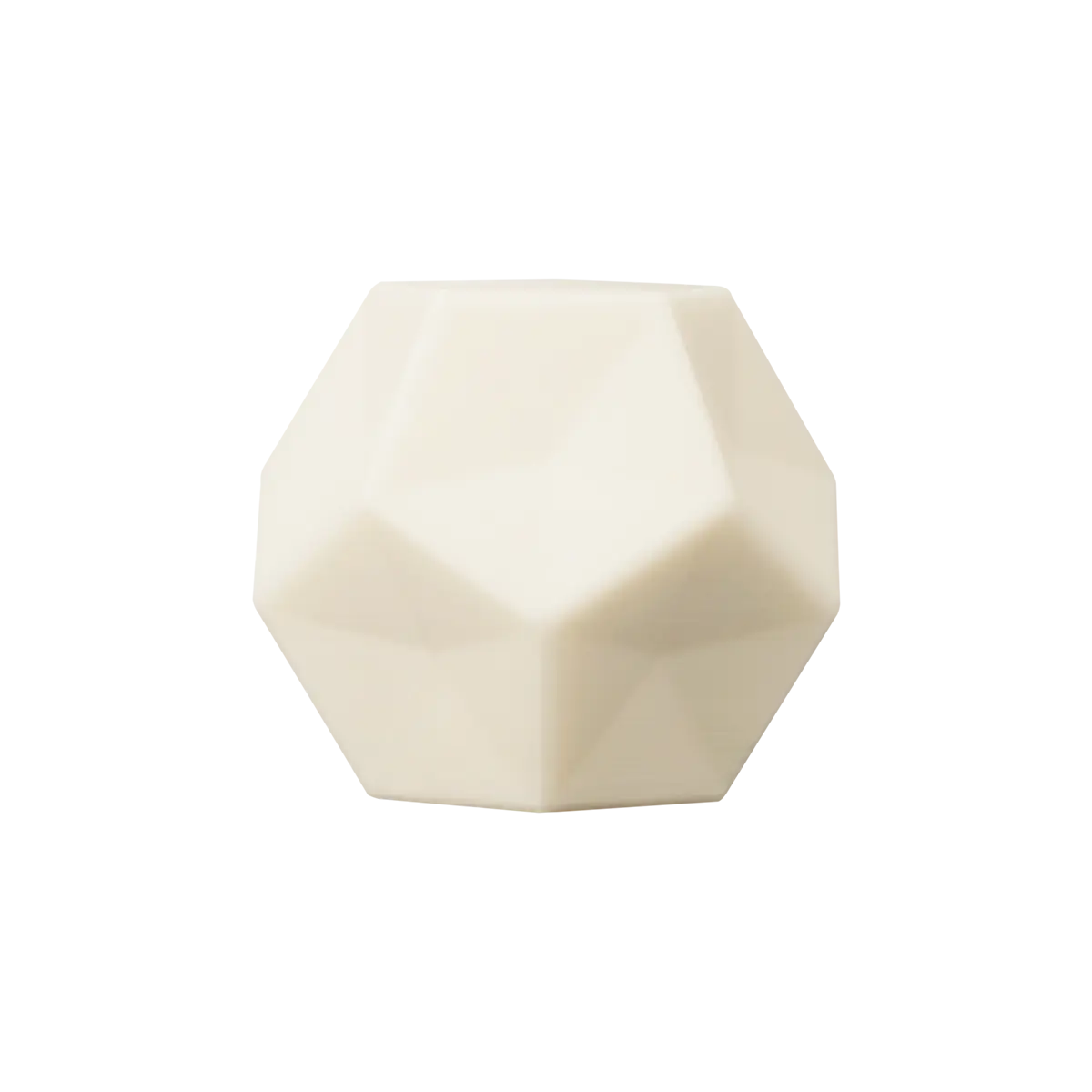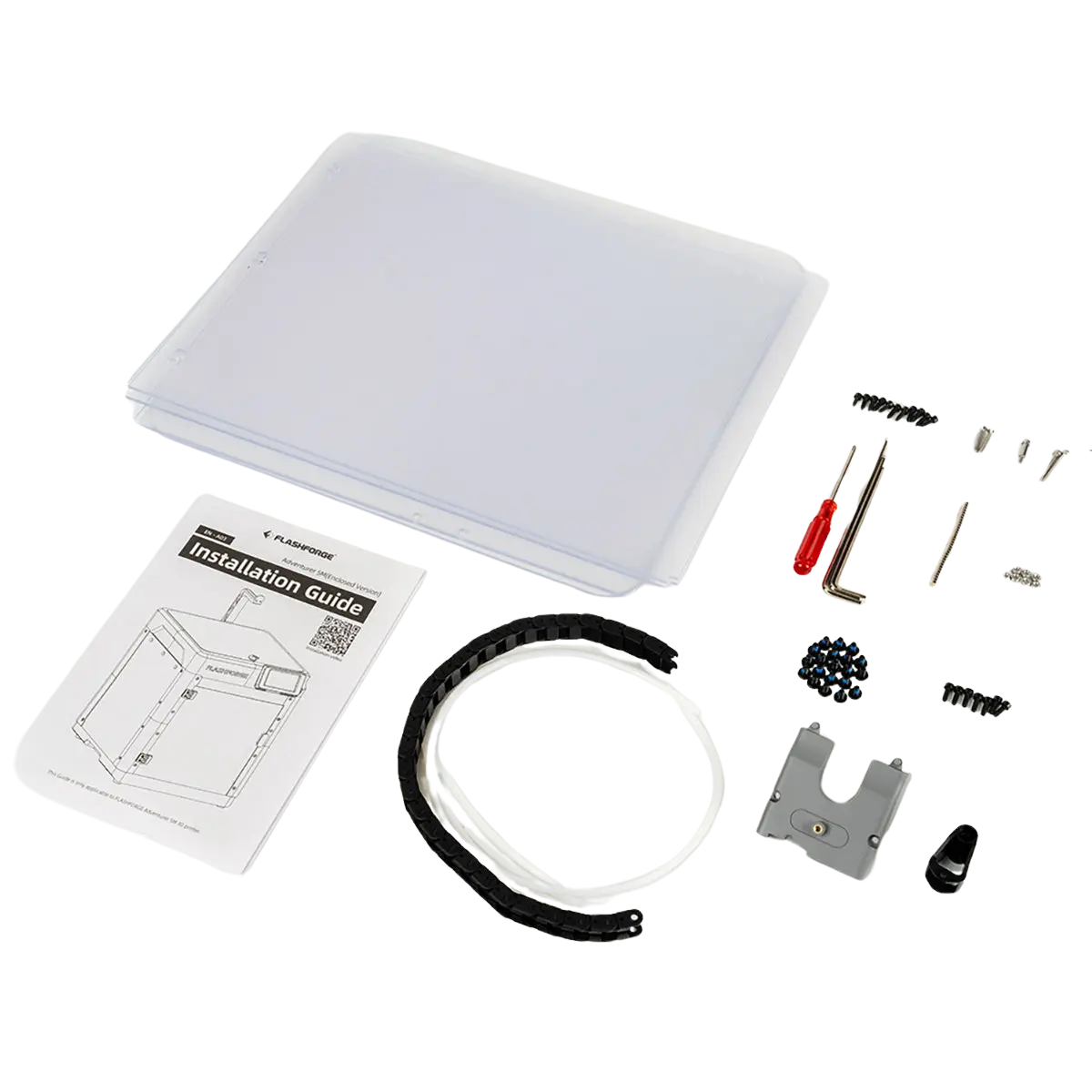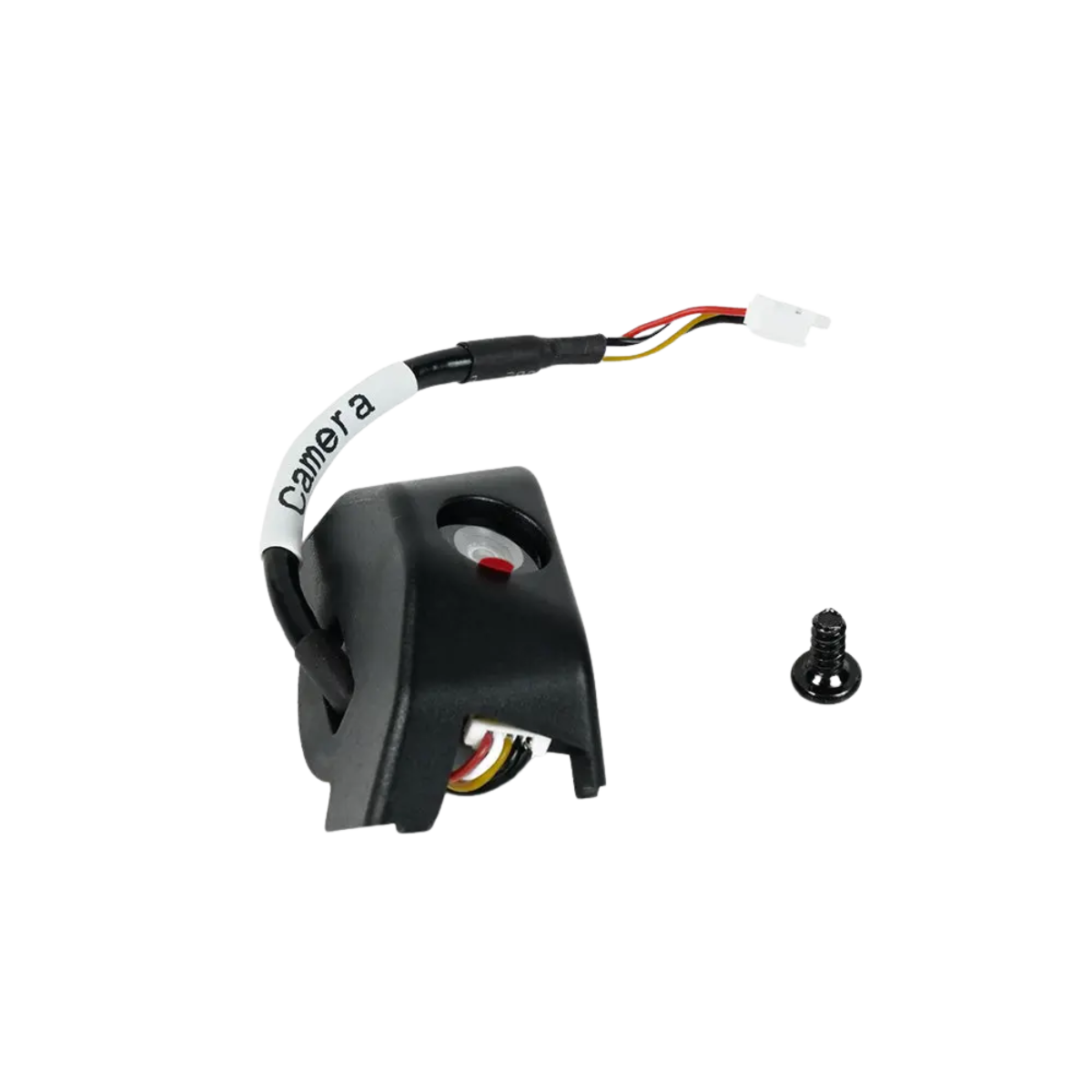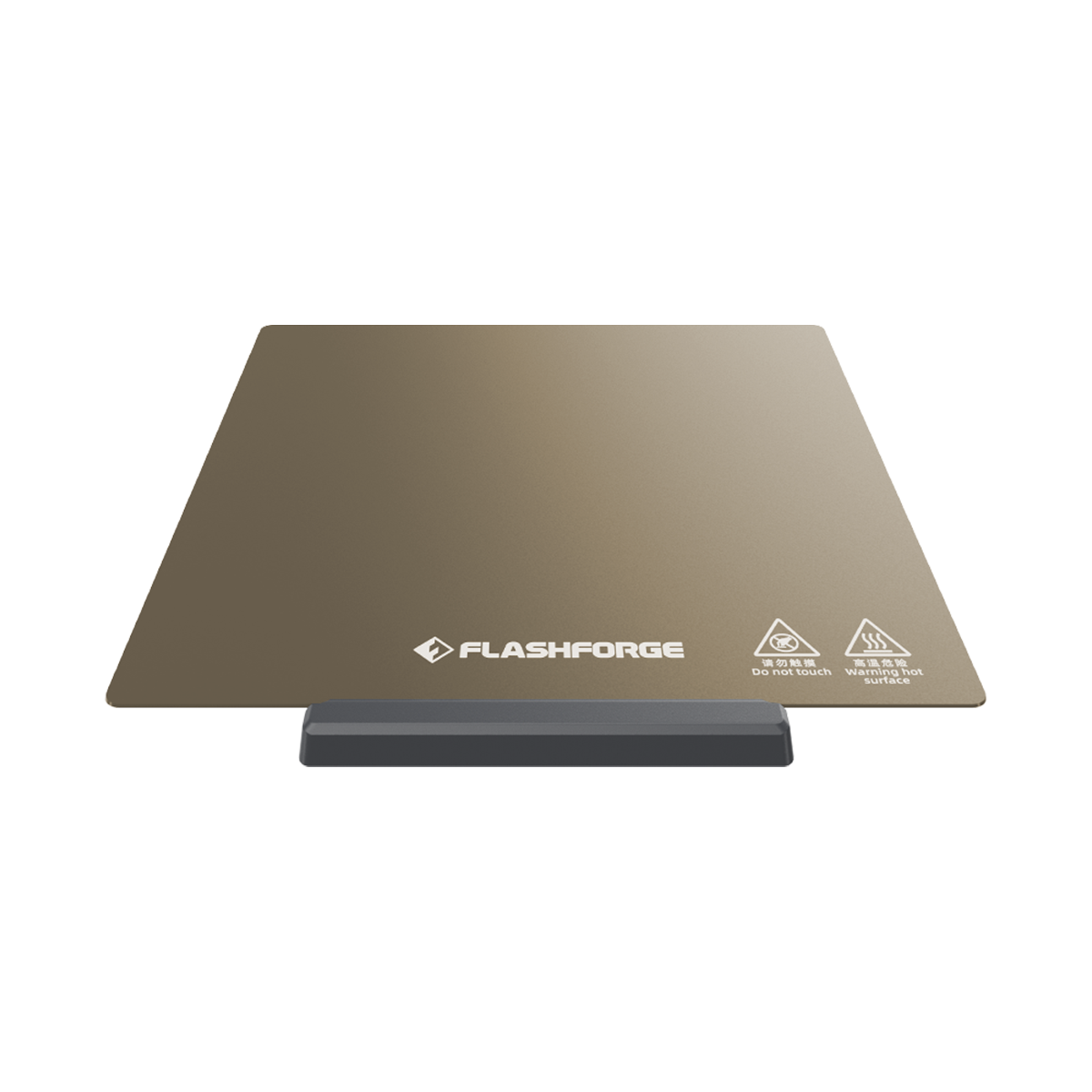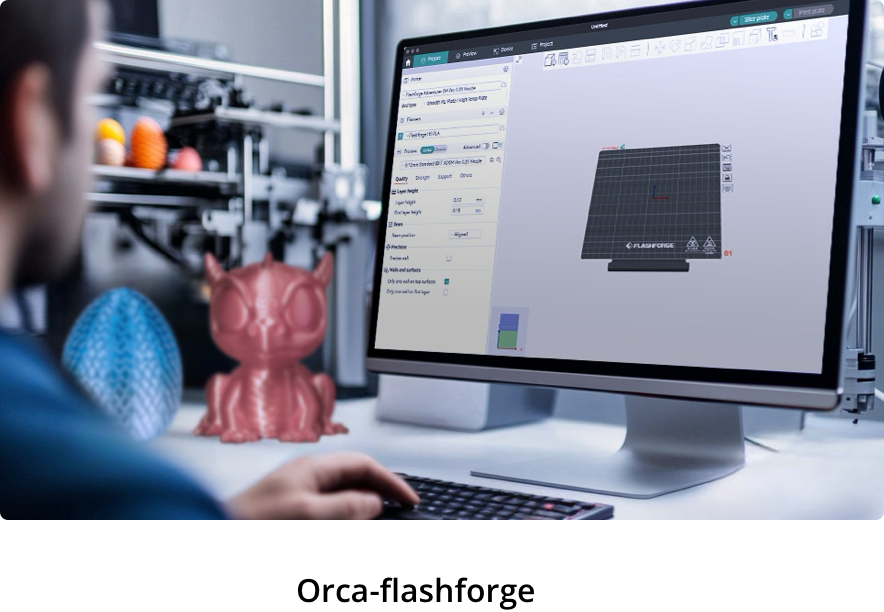When entering the world of 3D printing, one of the first major choices you will have is choosing between a resin vs filament 3D printer. Both of the technologies are developed to meet different purposes, have their distinctive advantages, and have their learning curves.
Depending on whether you are making miniatures with lifelike detail or making functional parts for household repairs, it is all up to you. This guide will simplify it all down to basics, leaving it up to you to decide which way to go in 2025.
 What Are Resin 3D Printers and Filament 3D Printers?
What Are Resin 3D Printers and Filament 3D Printers?
3D printing mainly comes in two forms: resin and filament. Resin printing offers detail and surface quality, while filament printing is more affordable and easier for beginners. Each has its strengths and limitations, depending on what you plan to create.
What Is Resin 3D Printing?
Through resin 3D printing, liquid photopolymer resin is to be used, which can be hardened with the help of ultraviolet (or UV) light. It differs from the conventional layer-by-layer extrusion in a way that it cures whole layers using light.
How Resin 3D Printing Works
To begin, resin printers immerse a build plate in a vat of liquid resin. The machine cures the layer of resin one layer at a time, starting at the bottom using a UV laser or LCD light. It is a very accurate method and is best suited to fine models such as figurines, dental casts, and jewellery mock-ups.
Resin 3D Printing Advantages
After knowing the principle, I need to explore what are resin 3d printers good for. If you care most about surface texture and clean, sharp edges are your top priority, resin is the answer. It can create smooth and high-resolution models with the appearance of professionally fabricated parts. The layers are often invisible to the naked eye.
Resin 3D Printing Disadvantages
Resin printing is not newbie-friendly. The resins are poisonous when touched or inhaled without protection. There is some additional equipment that is required to wash and post-cure the final print. In addition, it is slower and usually more costly to use.
What Is Filament 3D Printing?
The most popular type of consumer 3D printing is FDM (Fused Deposition Modelling) or filament 3D printing. It constructs items by melting and printing thermoplastic material deposited or made layer by layer.
How Filament 3D Printing Works
A plastic filament, often PLA, PETG, or ABS, is loaded into the printer. It melts it via a heated nozzle, then drops it in layers down as the build platform moves. This procedure is simple and perfect for beginners.

Filament 3D Printing Advantages
Filament printing is less expensive. You can safely use it at home with little (or even no) protection at all, and there is no need to perform any post-processing. FDM is feasible and efficient when building usable components, home appliances, and teaching models.
Filament 3D Printing Disadvantages
You give up on the details of the surface and gain convenience. In filament print, there can be an obvious layer line on smooth surfaces, notably in rounded items. Ultra-fine details or complex overhangs may need tuning and support structures.Key Differences Between Resin and Filament 3D Printers
Resin and filament 3D printing each come with different features. Choosing the right one depends on your goals, budget, and experience level. The following comparison outlines key differences to help you decide which option is better suited to your needs.
Printing Precision and Detail Performance
Resin printers have an advantage in terms of detail. They are constructed to be high resolution. Filament printers are quickly gaining ground, but they are still falling behind in terms of minute detail and quality of finishing.
Material Types and Properties
Filament has a choice: PLA is basic, ABS is robust, and PETG is resistant to chemicals. Resin is more consistent, and specialized resins are becoming strong and flexible. But care should be taken strictly when handling resin because it is toxic.
Ease of Operation (for Beginners)
Filament 3d printers are mostly plug-and-play. A resin printer has a steeper learning curve, both due to the process and also due to safety steps.
Post-Processing Requirements
The post-processing of filaments is not compulsory; simply remove supports or sand rough edges. The washing procedure of resin print is longer and messier as it requires isopropyl alcohol and exposure to UV light, therefore, increasing the length of the workflow.
Cost (Equipment and Consumables)
FDM printers, as well as filament, are more affordable to purchase and use. Resin printers are more expensive, and the resin itself is expensive, not to mention additional cleaning and curing equipment.
Who Should Choose Resin 3D Printers?
Resin printers are not very beginner-friendly, but they’re great for detailed and smooth prints. If you care about high quality and don’t mind extra steps, resin is a good choice.
Scenarios
Resin is the best choice when you are working on tabletop miniatures, character models, or dental moulds. These applications require precision and quality of finishing, so resin products will better fit your needs.
User Traits
What you require is patience and an excellent area of work area. Resin could be your thing, provided you do not mind wearing gloves, working with chemicals, and spending time in the post-processing.
Who Should Choose Filament 3D Printers?
According to a survey by Precedence, the global 3D printing filament market size was US$1.12 billion in 2024 and is expected to grow from US$1.27 billion in 2025 to approximately US$3.83 billion in 2034. Among them, the increasing environmental awareness has promoted the development and use of biodegradable and bio-based filaments in additive manufacturing. FDM printers are easy to use, safe, and great for beginners. If you want to print useful parts with less hassle, they are a smart choice. Here are the best situations and user types for FDM:
Scenarios
FDM is suitable for projects useful to post, tool holders, for instance, or house repair items, mechanical components, and even for the classroom and initial prototypes of a beginner learning with a certain design.
User Traits
If you prefer a low-maintenance design, minimal post-process clean up, and safety factors in the home, school setting, filament is your best option. It's easy to operate, as well as safe, and a good starting point.
2025 Recommended Filament 3D Printer for Beginners: Flashforge Adventurer 5M
Deciding to go with a filament printer, and looking at something that you can quickly start using right out of the box, then the best 3D printer as a first-time printer in 2025 would be the Flashforge Adventurer 5M. It is designed in such a way that it minimises the usual headaches new users experience and provides reliable and consistent results.

Why It Stands Out
Auto-bed levelling is a tremendous plus in this. It takes care of one of the trickiest segments of achieving a good first print, namely, alignment of the nozzle and the bed. The Flashforge Adventurer 5M is also a quiet operation, which is a massive advantage when you are printing at home. Safety measures such as closed-loop printing and pause-resume capability will allow you to sleep at night, or print when kids are near the printer.
Actual Test Results
Several tests run with beginners have shown this printer to get a successful first print within a margin of error of 90 per cent, without adjustment. It owes this to its steady frame, intelligent levelling system, and ready preset slicing parameters that walk one through step-by-step.
Matching Filaments for Beginners
When you are new, just do it with PLA, it is inexpensive, simple to operate, and it is not harmful to use at home. Flashforge has its own series of filament as well and is optimized for the Adventurer line. You may check their 3D Printer Filament selections.
FAQs
Can Resin Printers Print Functional Parts?
Technically, yes, but with limits. Most conventional resins are brittle, and thus, they are more suitable for use as display pieces or moulds. In case you need something more practical, such as the parts that are able to carry the load, you will have to purchase engineering-grade resin that may be expensive and difficult to print.
Is PLA Filament Safe for Home Use?
Yes, PLA plastic filament is among the safer filament types. It is made of recyclable materials such as corn starch, and it has a low smell and does not produce any toxic fumes during printing. It is why it is commonly advised to beginners and schools.
How to Decide Between Resin and Filament Printers on a Tight Budget?
On a tight budget? Go filament.
A good FDM 3d printer is less expensive to acquire in the first purchase, the filament is less expensive, and there is no need to spend the extra cash on gloves, alcohol products, or UV curing racks.
You will also find it much easier to deal with overall, and to an even greater extent in cases where you are merely experimenting and dipping into the waters of 3D printing. As a hobbyist or an educator, knowing the resin vs filament 3d printer trade-offs will assist you in making a wise choice.





